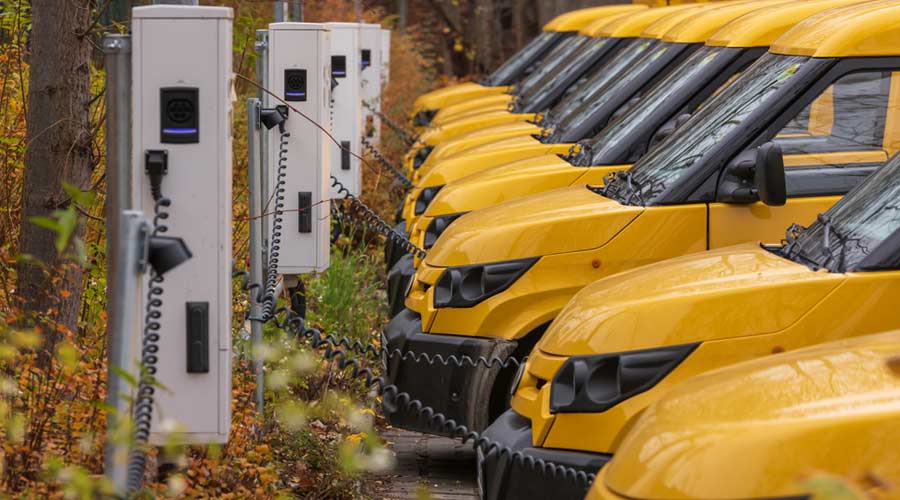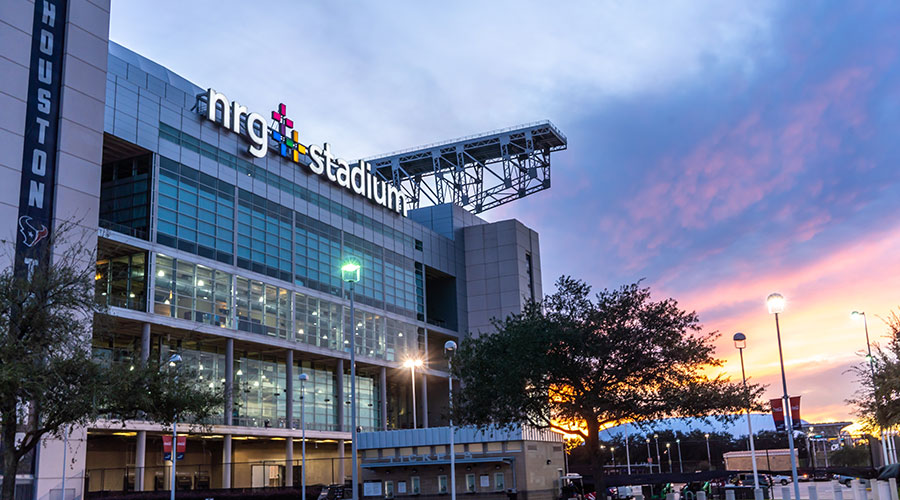Revisiting the Performance of First LEED Gold Hospital
When maintenance and engineering managers are involved in the process of designing, constructing, and operating a new facility, there undoubtedly will be a great deal to learn along the way.
But when the facility in question is pursuing never-before-seen green building goals, managers can expect a much more arduous learning process. Nobody understands that better than Jeff Schorzman, facilities manager with Providence Newberg (Ore.) Medical Center.
In a way, Schorzman went back to school as he helped the 183,000-square-foot facility become the first hospital to earn Gold certification under the Leadership in Energy and Environmental Design (LEED) rating system. But Schorzman's education did not end when the hospital came online in June 2006. Instead, he has kept learning about the building and its technology five years after hanging the LEED plaque on the wall.
"It has been an extremely great learning experience," he says. "I've learned more in the last five years than I learned the first 40 years of my life."
The performance of LEED-certified buildings has attracted a great deal of attention in the last couple years. Instances of facilities that earned certification but failed to track their ongoing performance have led to increased scrutiny of the certification process. The situation begs the question: Five years after certification, is Providence Newberg Medical Center fulfilling its green goals?
"One of the concerns I had was, would the building perform and function as it was designed," Schorzman says. "The LEED stuff was relatively new. We started construction in 2004, and, at the time, LEED was only about (four) years old. So there wasn't a whole lot of data and information available to see what's good and what's not good to help guide some of our decisions. We didn't have a good grasp on what to expect from it."
Related Topics:
















